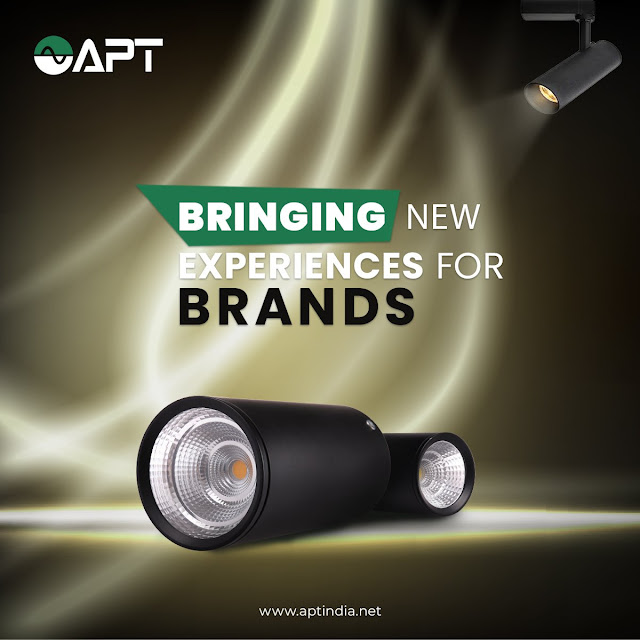Everything about LEDs: Learn the basics of LED lighting and how to power it!

LEDs are suitable for a wide range of lighting applications because they are designed to produce a large amount of light from a small form factor while remaining extremely efficient. Here at LED Supply, we have a wide range of LEDs for a wide range of lighting applications; the trick is knowing how to use them. LED technology is distinct from other types of lighting that most people are familiar with. This post will explain everything you need to know about LED lighting , including how to safely power LEDs to get the lightest and the longest lifespan possible. What is an LED, exactly? Schematic of a light-emitting diode An LED is a diode that converts electrical energy into light. A diode, for those who don't know, is an electrical component that only works in one direction. An LED is essentially an electrical component that emits light when electricity flows through it in one direction, from the Anode (positive side) to the Cathode (negative side) (negative side). LED is an ...



